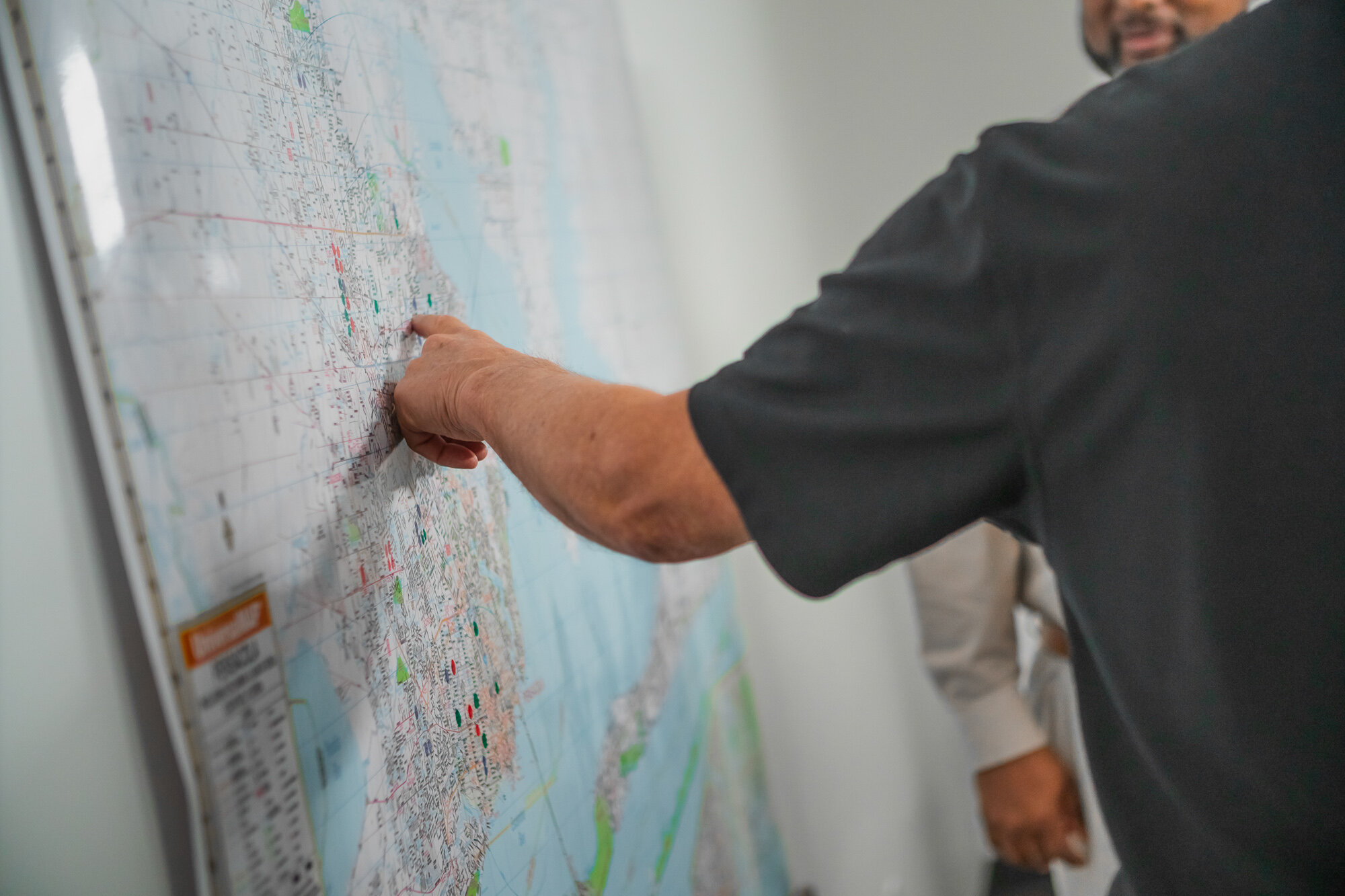Pensacola News Journal
More affordable housing is becoming available in Escambia County, thanks to county leaders as well as Pensacola Habitat for Humanity.
Escambia County Commissioner Lumon May expects to have 15 new homes built and ready for occupancy by next spring. It’s part of Escambia County’s Infill Affordable Housing Project that aims to provide affordable workforce housing.
At May’s urging, the county has been buying “infill” lots for years, many in and around the urban core. Rather than selling the lots to developers who would charge upwards of $400,000 and $500,000 for new homes built on the properties, the county is developing them one at a time.
May said they now have three houses on the ground and soon plan to put out a request for proposals for seven more.
Escambia County is also partnering with Pensacola Habitat for Humanity to build homes on four other county-owned lots utilizing the county’s U.S. Department of Housing and Urban Development funds.
Habitat recently broke ground on the projects; two are located on North G Street, one on North F Street and another on West Gonzalez Street.
Once each home is built the county will make them available to lower and moderate-income buyers.
“We do the first-time home-buyers workshop for people interested in applying,” said May. “Some will go through our housing office, and they’ve got to go and get approved for a loan, but the good thing about it is we're subsidizing some of these houses up to $70,000, plus the land. Some of these people are getting $150,000 off the rip. The mortgage payment is going to be somewhere between $800 and $1,300 a month.”
Pensacola Habitat for Humanity is enthusiastic about partnering with Escambia County on the four houses their organization is building, which will be three-bedroom, two-baths homes and around 1,500 square feet.
It’s the first joint project between Escambia County and Pensacola Habitat for Humanity in a long time and Habitat CEO Sam Young hopes this is the beginning of more collaboration.
“I think we are at a point where we both understand what each can bring to the table and why a partnership between the county and Habitat makes so much sense,” Young said. “We can provide them exactly what they're looking for and we can do it less expensively and more quickly than if they were trying to do it themselves, so I think you're going to see much more of that in the future.”
Young said Pensacola Habitat for Humanity has so many builds it's breaking records. The nonprofit organization built 52 homes in Escambia and Santa Rosa counties during its last fiscal year, which wrapped up at the end of June.
“We have reached the level we where we are recognized statistically as one of the top producers in the entire world in little old Pensacola’s Habitat − one of the largest Habitats in the world,” said Young, “and based on last year's production we are top 10 in the country.”
Young said they could build even more with a strong partnership with Escambia County.
Currently, Pensacola Habitat for Humanity finances their homebuyer’s mortgage, which ties up those funds until the loan is paid. Young said with additional financing options, including down payment assistance, they would have more financial liquidity to build even more homes.
For example, Santa Rosa County has provided Habitat homebuyers with between $25,000 to $35,000 in down payment assistance through their State Housing Initiatives Partnership funds and other monies for real estate transaction assistance.
“Escambia County has indicated that they are going to make some policy changes that will allow my home buyers to access Escambia County SHIP dollars,” said Young. “If we can bring more dollars to the closing table, then that's going to allow us to build that many more homes. We could literally do 75, 80, 100 homes if we could turn our balance sheet capital into cash.”
The state’s passage of the Live, Local Act makes it possible for Pensacola Habitat to get started on a 30-parcel subdivision off Hancock Lane in Brent focused on active-duty military and workforce families.
The bill, signed into law in May, is a $711 million plan to make housing more affordable for working Floridians by more than doubling funding for housing and rental programs, providing incentives for investment in affordable housing and encouraging mixed-use developments in struggling commercial areas.
About $1.3 million of the state legislature dollars will pay for infrastructure for the new subdivision, which makes building and providing 30–35 affordable new homes feasible for Pensacola Habitat for Humanity. Of the 1,600 homes Pensacola Habitat has built since its inception, Young said most are likely no longer affordable to their target buyer.
“Our model is we sell them at fair market value to our home buyers, but we guarantee them an affordable mortgage, meaning our home buyers will not pay more than 30% of their income for their mortgage, taxes and insurance,” said Young.
The need for affordable housing is great. The median price for a home in Northwest Florida has risen far faster than the median salary, meaning most people are priced out of home ownership without assistance.
Both Young and May said they are committed to building more homes through their programs to meet the need.
“We've done 52, outside of a county partnership,” Young said. “We could just do so much more with them.”
May noted, “My goal is to have 30 to 40 in the next two years. We want to keep it affordable, where no one's going to be priced out. They’re going to be able to pass them on to their kids.”


